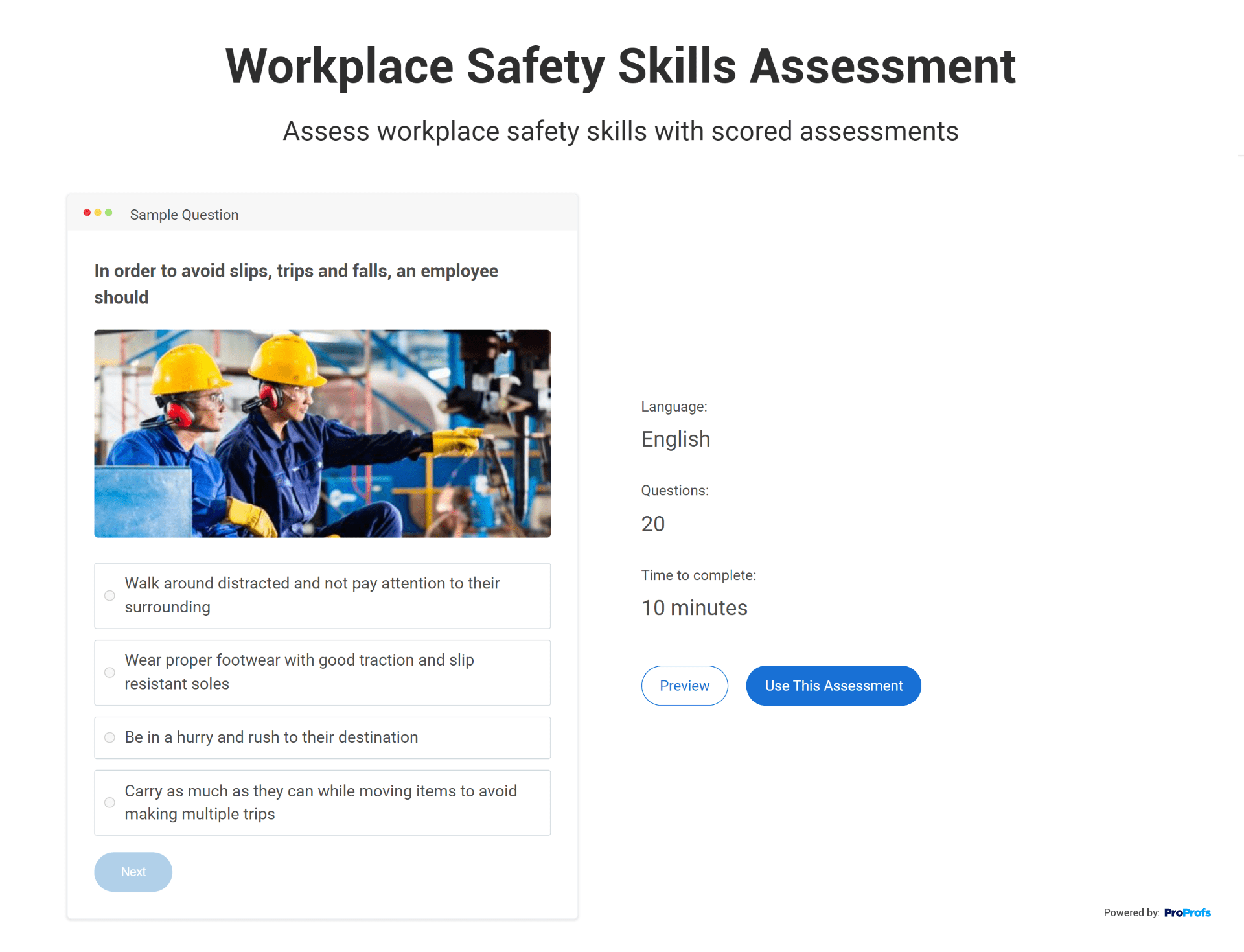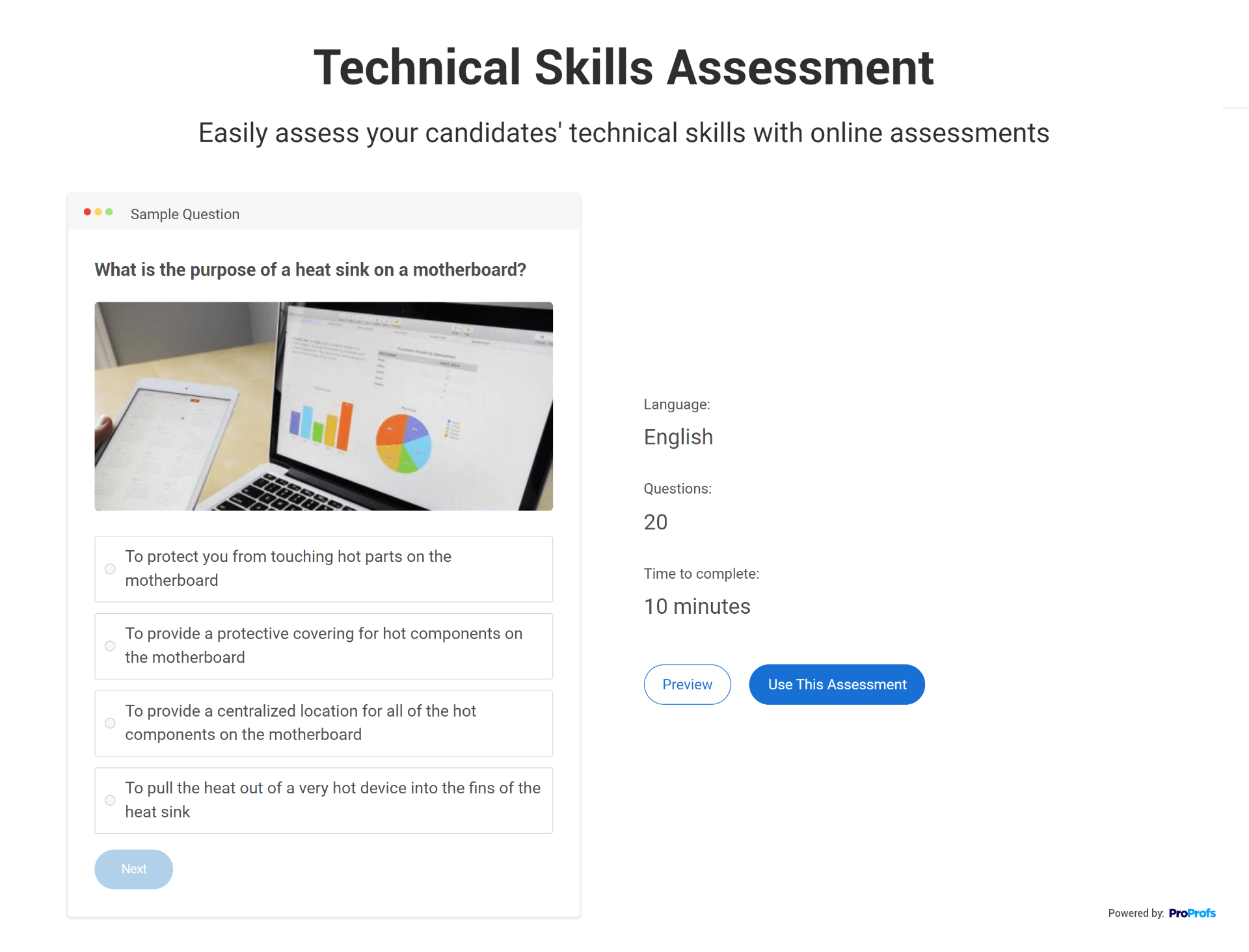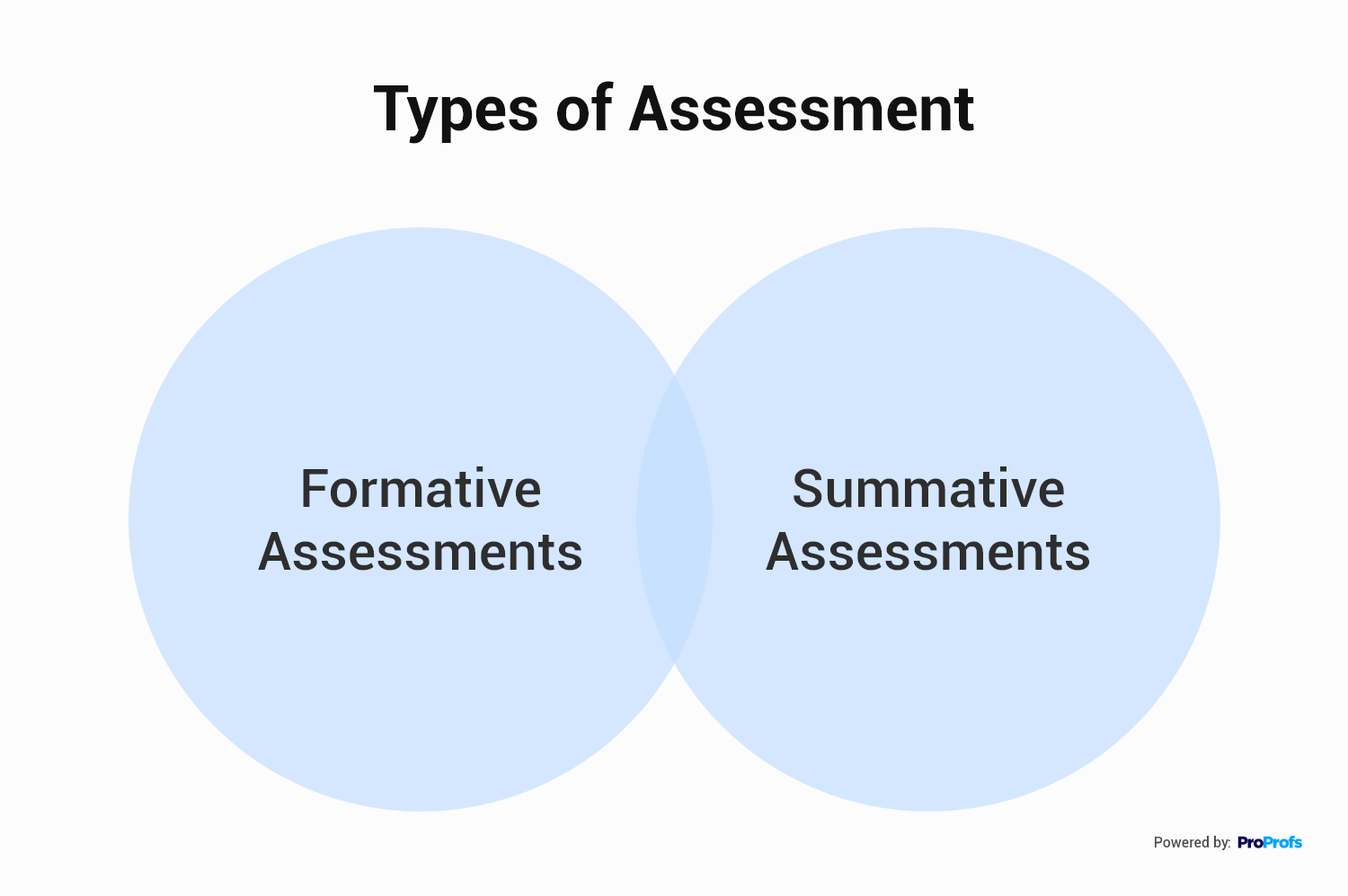
Let’s face it.
The ongoing discussion surrounding “formative vs. summative assessments” is anything but new.
Countless people have engaged in this age-old debate, trying to prove one of them better than the other.
Which one of these is more useful? How do they differ, and why do they matter?
Also, do they offer identical benefits, or does each assessment type bring something unique to the table?
In this blog post, we’ll find a definitive answer to these and other common questions about the topic.
Let’s dive in.
Formative Assessments: Definition and Features

Formative assessments are a set of evaluation methods and tools used in education and training to gather information about learning progress and understanding during the course of a teaching or evaluation process. These assessments are conducted while instruction is ongoing, with the primary aim of providing feedback to both learners and instructors.
Watch: How University of Zurich Streamlined Assessments & Reduced Workload | ProProfs Case Study
Some key features of formative assessments are as follows:
- Ongoing and Informal: Formative assessments are continuous and integrated into the learning process. They can be informal, like classroom discussions, or more structured, like formal quizzes or written reflections.
- Feedback-Oriented: Formative assessments are primarily used to provide timely and constructive feedback to learners and teachers. This feedback helps identify areas where learners are excelling and where they may need additional support.
- Adaptive Teaching: Instructors use the insights gained from formative assessments to adjust their teaching methods, materials, and content delivery, ensuring that learners have the best opportunity to learn and succeed.
- No High Stakes: Formative assessments are not generally graded in a way that significantly impacts a learner’s final grade. They are more focused on learning and improvement.
Examples of Formative Assessments
- Quizzes and Polls: Quizzes and polls are like quick stops in the learning journey. They help you identify areas where your learners are doing well and where they might need more practice. For instance, a multiple-choice quiz can reveal whether learners need to revisit a particular concept.
- Peer Reviews: An employee’s or student’s peers can provide valuable insights into their learning. Peer reviews are a great formative assessment tool in creative writing or group projects. Feedback from peers can highlight areas where they can refine your work.
- Classroom Discussions: Engaging in discussions or debates in the classroom allows your learners to express their thoughts and learn from others. You can gauge their understanding and provide guidance based on their contributions.
Summative Assessments: Definition and Features

Summative assessments are like the final exam of the learning journey – they evaluate what people have learned over a specific period during education or employment, typically at the end of a particular term.
These assessments measure the overall understanding and mastery of a subject. They help determine how well your learners have met the learning objectives and whether they’re ready to move on to the next level or topic.
Watch this Case Study: How 5ive2wo Tutoring Automated Student Assessments & Feedback | ProProfs Case Study
Some key features of summative assessments are:
- End-of-Period Evaluation: Summative assessments are typically administered at the end of a specific period, such as a course, semester, or an evaluation year. They are used to evaluate what a learner has achieved by that point.
- High-Stakes: Summative assessments are often high-stakes assessments, which means they can have significant consequences. They make important decisions, such as grading, promotions, graduations, or certifications.
- Measuring Overall Achievement: These assessments are designed to measure a learner’s overall understanding and mastery of a subject or learning objectives. They provide a summary of the learner’s performance.
- Comparison and Benchmarking: The results of summative assessments can be used to compare the performance of learners or institutions. For example, standardized tests allow for comparisons between learners from different schools or regions.
Examples of Summative Assessments
- Standardized Tests: Standardized tests are perhaps the most familiar form of summative assessment. They’re given at the end of a school year or a particular course, and learners’ performance is compared to a national or state standard. Some examples are the SATs, ACTs, or state-mandated exams.
- Final Exams: In school or college, final exams assess the knowledge and skills in a specific subject after a semester or academic year. For example, a final exam in math might test the students on all the topics that they have studied during the year.
- End-of-Term Projects: Sometimes, instead of an assessment, learners might be asked to complete a project at the end of a term. For example, in a business organization, they could be tasked with conducting a research project and presenting their findings.
- Portfolios: In some courses, especially in the arts or writing, learners might create a portfolio of the work over time. Ultimately, the portfolio is assessed to see how they’ve progressed and improved.
- Standardized Assessments for Professionals: Summative assessments aren’t just for learners. For instance, the bar exam for lawyers, medical board exams, business services, or professional certification exams serve as summative assessments for individuals entering specific fields.
Related Read: 13 Different Types of Assessments You Should Know About
Differences Between Formative and Summative Assessments
Now that we’ve discussed the definitions and examples of formative and summative assessments, let’s understand how they differ in detail.
Here are the key differences between the two:
|
Formative Assessment |
Summative Assessment |
|
|---|---|---|
| Purpose | To inform instruction and support learning by providing ongoing feedback and opportunities for improvement. | To evaluate and summarize what learners have learned at the end of a specific instructional period. |
| Timing | Occurs during the learning process, often on a day-to-day or week-to-week basis. | Takes place at the end of an instructional period, such as a unit, year, or grading period. |
| Feedback | Provides immediate feedback to instructors and learners, allowing for adjustments and improvements. | Typically provides feedback to learners after they have completed a unit or course, with limited opportunities for improvement. |
| Design | Can be informal and ongoing, such as online quizzes, class discussions, or teacher observations. | Tends to be more formal and structured, such as standardized tests, final projects, or end-of-year exams. |
| Grading | Often not heavily weighted in final grades and may be ungraded or pass/fail | Typically carries significant weight in a learner’s final grade. |
| Goal | Aims to facilitate learning and guide instructional decisions. | Aims to measure the overall effectiveness of instruction and learner achievement. |
| Frequency | Occurs frequently and can be ongoing. | Usually occurs at specific points in time, such as the end of a grading period. |
| Type of Information | Provides insights into what learners know and where they need help. | Offers a summary of what learners have learned over a longer period. |
| Adaptability | Allows for adjustments in instruction to meet the needs of individual learners or the class as a whole. | Provides a fixed measure of achievement and is less adaptable during the assessment |
| Examples | In-class quizzes, peer assessments, teacher observations, group discussions, and employee assignments. | Final exams, standardized tests, end-of-year projects, and employee assessments. |
Did you understand all the differences?
Let’s test your understanding with this formative and summative assessment quiz:
Similarities Between Formative and Summative Assessments

(Image Source: slideplayer)
By now, you must be thinking that summative and formative assessments are entirely different.
Hold on! Let’s see the other side of the coin.
Here are some similarities between formative and summative assessments that’ll help you understand the picture better:
- Both formative and summative assessments can use various assessment software and tools to evaluate learning, including written tests, projects, presentations, and observations.
- Although the timing and purpose differ, both formative and summative assessments provide feedback to learners about their performance, which can inform their learning and help them understand their strengths and weaknesses.
- In both cases, instructors play a role in designing, administering, and assessing the assessments. They also use the results to guide their instruction.
- Both assessments can provide valuable data to inform instructional decisions. Formative assessments help trainers make immediate adjustments, while summative assessments provide insights for future planning.
- In both types of assessments, there is an objective attempt at learner assessment and understanding based on specific criteria.
- Both types of assessments can be standardized to ensure fairness and robust proctoring, especially in summative assessments like standardized tests.
- The feedback provided through both types of assessments can motivate learners to improve their learning. Formative assessments encourage ongoing improvement, while summative assessments can motivate learners to perform well in the final evaluation.
So, both types of assessments are part of the broader assessment cycle, which may include pre-assessment, formative assessment, instruction, and summative assessment. They work together to support learning and evaluate achievement.
Formative Assessment vs Summative Assessment: Which One’s Better?
So, as we reach the end of this formative vs. summative assessment comparison, you would have understood the meanings, similarities, differences, and uses of each.
It’s clear that these two assessment types are like the yin and yang of learning, each with its unique purpose and role in shaping the learning journey.
While formative assessments are trusty companions throughout the learning process and offer valuable feedback, summative assessments serve as milestones, measuring the distance people cover on the educational road.
So, while these are highly different, they are similar too.
You can use an online tool such as ProProfs Quiz Maker to create formative and summative assessments on any topic using its smart AI question generator. It lets you generate high-quality assessment quizzes in seconds to evaluate and boost learning.
FREE. All Features. FOREVER!
Try our Forever FREE account with all premium features!





